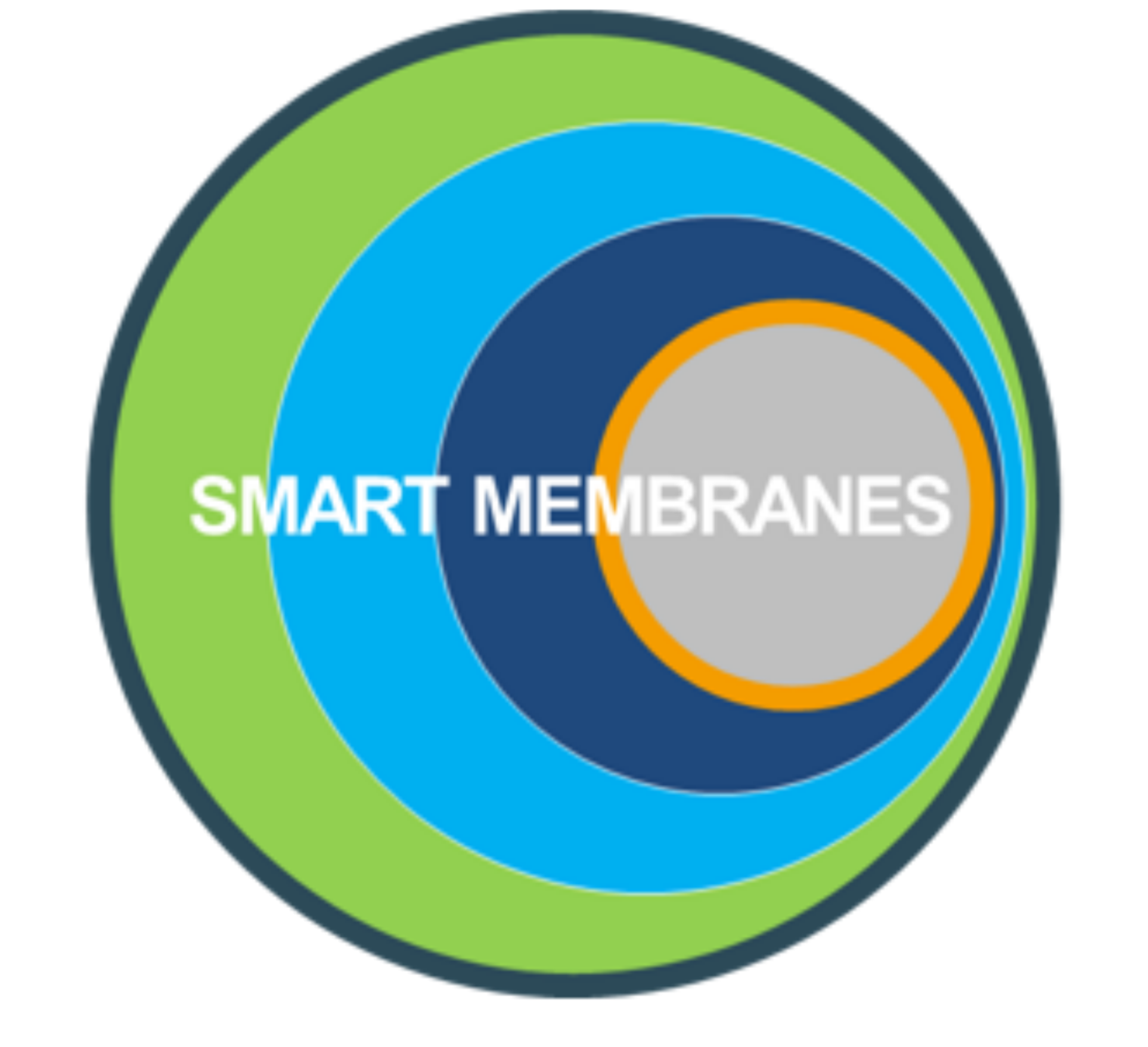Sensing in and with (multi)functional nanopores
In applications such as drug delivery, wound dressings, or sensing, nanomaterials are often exposed to a multitude of environmental conditions. Thereby nanomaterials and -pores often exhibit a different behavior than bulk materials due to their small dimensions. One example is the pH-value. which is reported to be shifted in confined space. Inspired by pH-detection strategies in cells we aim to get a better understanding on confinement effects on charge regulation and “pH” in nanopores by using e.g. fluorescence dyes for a direct pH-readout. We envision on-line “pH” detection down to single nanopores and potentially single molecule experiments. Furthermore, we integrate our expertise on nanopore functionalization into multifunctional porous materials offering for example, sensing and release function in the context of wound dressings.
Formerly involved team members: M. Bagherabadi, R. Brilmayer, M. Ochs
Finished Projects: STIMULUS, LOEWE „i-Napo“ (2016-2020), DFG iMono
Related publications:
Mohadeseh Bagherabadi, Celine Feuilloley, Petra J. Cameron and Annette Andrieu-Brunsen, Simultaneous Bacteria Sensing and On-Demand Antimicrobial Peptide Release, ACS, 2025, 8, 3, 2365-2376.
Mohadeseh Bagherabadi, Marie Fleckenstein, Oleksandr Moskalyk, Andrea Belluati, Olga Avrutina and Annette Andrieu-Brunsen, Grafting and controlled release of antimicrobial peptides from mesoporous silica, J. Mater. Chem. B, 2024, 12, 8167-8180.
R. Brilmayer, M. Brodrecht, C. Kaiser, H. Beitzke, B. Kumari, J. Wachtvetil, G. Buntkowsky, A. Andrieu-Brunsen, The interplay of nanoconfinement and pH from the perspective of a dye‐reporter molecule, Chem. Nano. Mater., 2020, 6, 1-12.
R. Mohammadi, M. Ochs, A. Andrieu-Brunsen, N. Vogel, Effect of Asymmetry on Plasmon Hybridaization and Sensing Capacities of Hole-Disk Arrays, J. Phys. Chem. C, 2019, 124, 4, 2609-2618.



